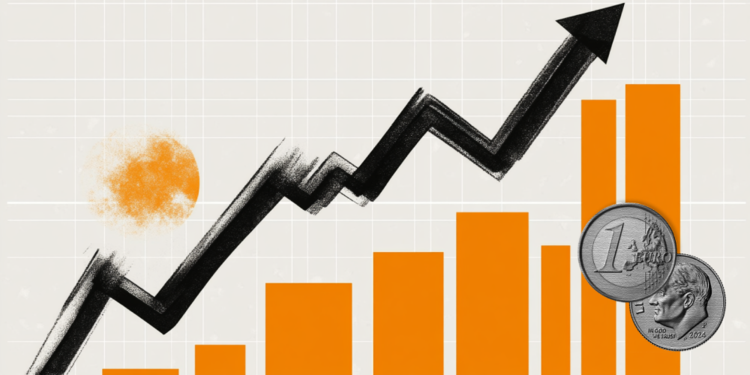- The AUD/USD pair reached a daily high of 0.6640 and then fell towards the 0.6600 area.
- First quarter US GDP was revised up and jobless claims fell in the third week of June.
- Australian dollar benefits from good retail sales data.
On Thursday, the pair AUD/USD, after hitting a daily high of 0.6640, pulled back towards 0.6600 and then rallied back to 0.6630. The upward revision of the US GDP figures for the first quarter and the decrease in jobless claims during the third week of June evidenced a solid economic recovery in the United States. On the downside, weak pending home sales limited the dollar’s advance, while the Australian dollar held firm on strong Asian session retail sales data, which came in at 0.7%m/m vs. at 0.1% expected.
Strong economic data supports a Fed rate hike in July
The US Bureau of Economic Analysis reported that US Gross Domestic Product (GDP) for the first quarter had been revised up to an annualized rate of 2%, signaling the resilience of the US economy. . Additionally, jobless claims for the week ending June 23 fell to 239,000 versus the consensus of 265,000 and from 265,000 previously. It is worth noting that on Wednesday, Fed Chairman Jerome Powell stated that continued hikes driven by a strong labor market would be appropriate, so hawkish bets on the unemployment and GDP data are strengthening the dollar.
In this sense, US bond yields experienced a general recovery. Yields on 2-year and 5-year bonds led the trend, rising 3.52% and 4.18% on the day to 4.87% and 4.13% respectively, both reaching new cycle highs.
Meanwhile, according to CME’s FedWatch tool, the odds of a 25 basis point (bp) rate hike at the next Fed meeting in July rose to 90% from nearly 80%. All eyes are now on Friday’s Core Personal Consumption Expenditure (PCE) data, the Fed’s preferred inflation gauge.
AUD/USD levels to watch
Based on the daily chart, the outlook for AUD/USD has shifted towards a more neutral to bearish stance in the near term. The Relative Strength Index (RSI) has shown signs of improvement, although it remains in negative territory, as has the Moving Average Convergence Divergence (MACD). However, the pair is trading below the 20,100 and 200-day SMAs, indicating that the sellers have the upper hand.
Support levels: 0.6595,0.6585,0.6550.
Resistance levels: 0.6640, 0.6650,0.6665.
AUD/USD Daily Chart
-638236517693744183.png)
AUD/USD
| Overview | |
|---|---|
| Last price today | 0.6632 |
| Today I change daily | 0.0031 |
| today’s daily variation | 0.47 |
| today’s daily opening | 0.6601 |
| Trends | |
|---|---|
| daily SMA20 | 0.6724 |
| daily SMA50 | 0.6677 |
| daily SMA100 | 0.6706 |
| daily SMA200 | 0.6692 |
| levels | |
|---|---|
| previous daily high | 0.669 |
| previous daily low | 0.6597 |
| Previous Weekly High | 0.6886 |
| previous weekly low | 0.6663 |
| Previous Monthly High | 0.6818 |
| Previous monthly minimum | 0.6458 |
| Fibonacci daily 38.2 | 0.6633 |
| Fibonacci 61.8% daily | 0.6654 |
| Daily Pivot Point S1 | 0.6569 |
| Daily Pivot Point S2 | 0.6536 |
| Daily Pivot Point S3 | 0.6476 |
| Daily Pivot Point R1 | 0.6661 |
| Daily Pivot Point R2 | 0.6722 |
| Daily Pivot Point R3 | 0.6754 |
Source: Fx Street
I am Joshua Winder, a senior-level journalist and editor at World Stock Market. I specialize in covering news related to the stock market and economic trends. With more than 8 years of experience in this field, I have become an expert in financial reporting.







